
Ship Rock Near Farmington, New Mexico
In the spirit of the Christmas season, I am posting a Navajo Blessing Ceremony prayer called “Walking in Beauty.” I have always found it to be beautiful and inspiring.
In beauty I walk
With beauty before me I walk
With beauty behind me I walk
With beauty above me I walk
With beauty around me I walk
It has become beauty again
Hózhóogo naasháa dooShitsijí’ hózhóogo naasháa dooShikéédéé hózhóogo naasháa dooShideigi hózhóogo naasháa dooT’áá altso shinaagóó hózhóogo naasháa dooHózhó náhásdlíí’Hózhó náhásdlíí’Hózhó náhásdlíí’Hózhó náhásdlíí’
Today I will walk out, today everything negative will leave me
I will be as I was before, I will have a cool breeze over my body.
I will have a light body, I will be happy forever, nothing will hinder me.
I walk with beauty before me. I walk with beauty behind me.
I walk with beauty below me. I walk with beauty above me.
I walk with beauty around me. My words will be beautiful.
In beauty all day long may I walk.
Through the returning seasons, may I walk.
On the trail marked with pollen may I walk.
With dew about my feet, may I walk.
With beauty before me may I walk.
With beauty behind me may I walk.
With beauty below me may I walk.
With beauty above me may I walk.
With beauty all around me may I walk.
In old age wandering on a trail of beauty, lively, may I walk.
In old age wandering on a trail of beauty, living again, may I walk.
My words will be beautiful…


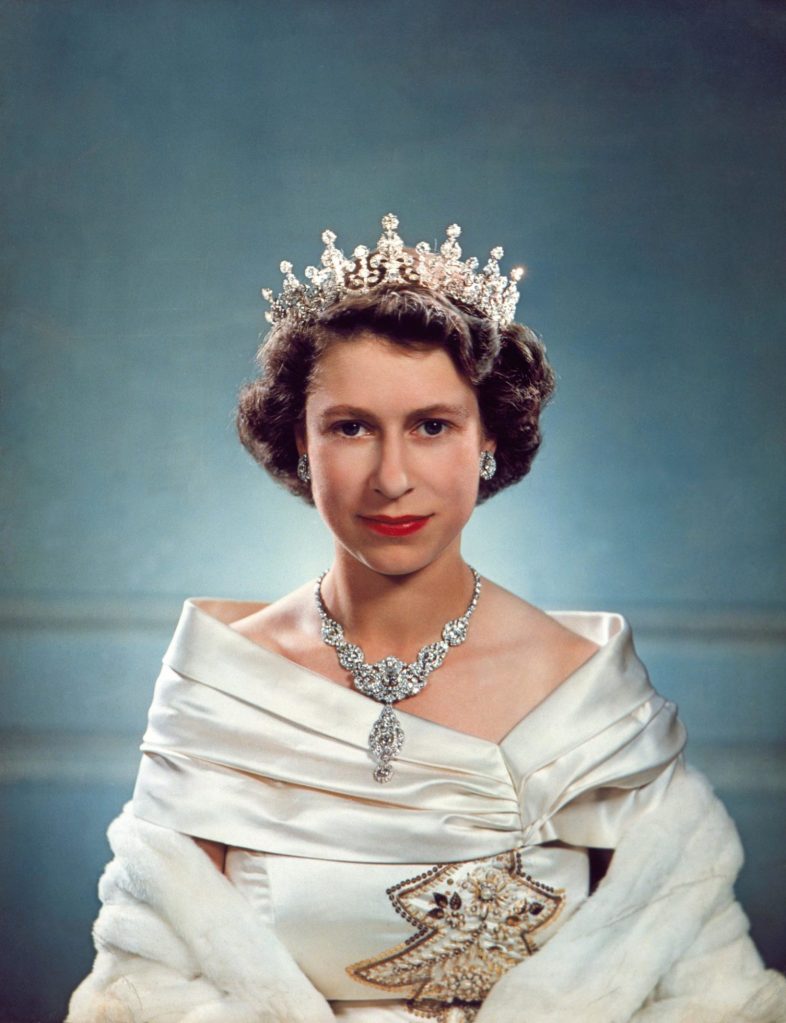
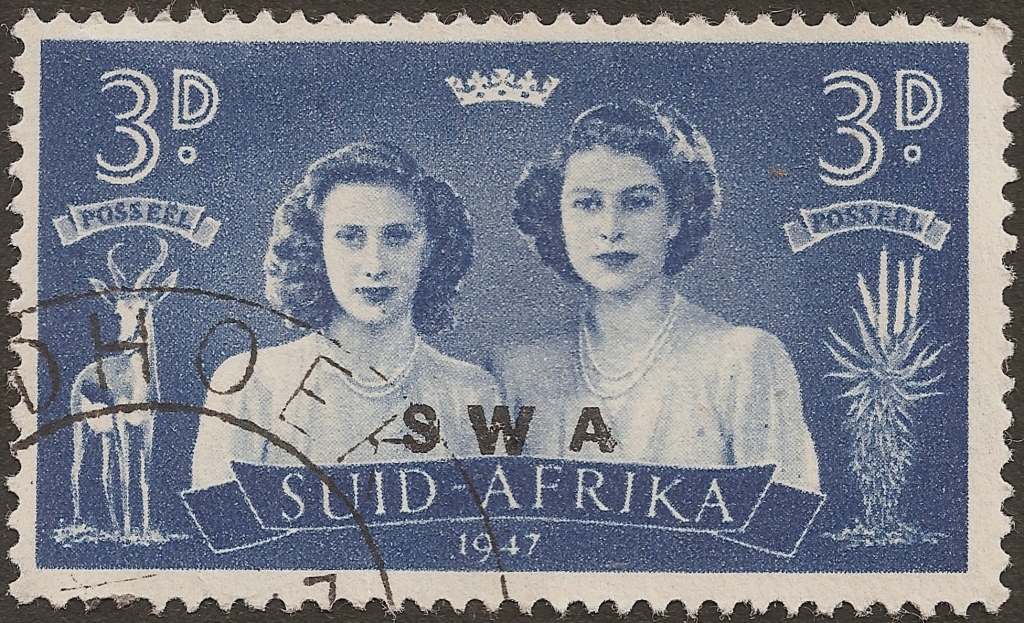
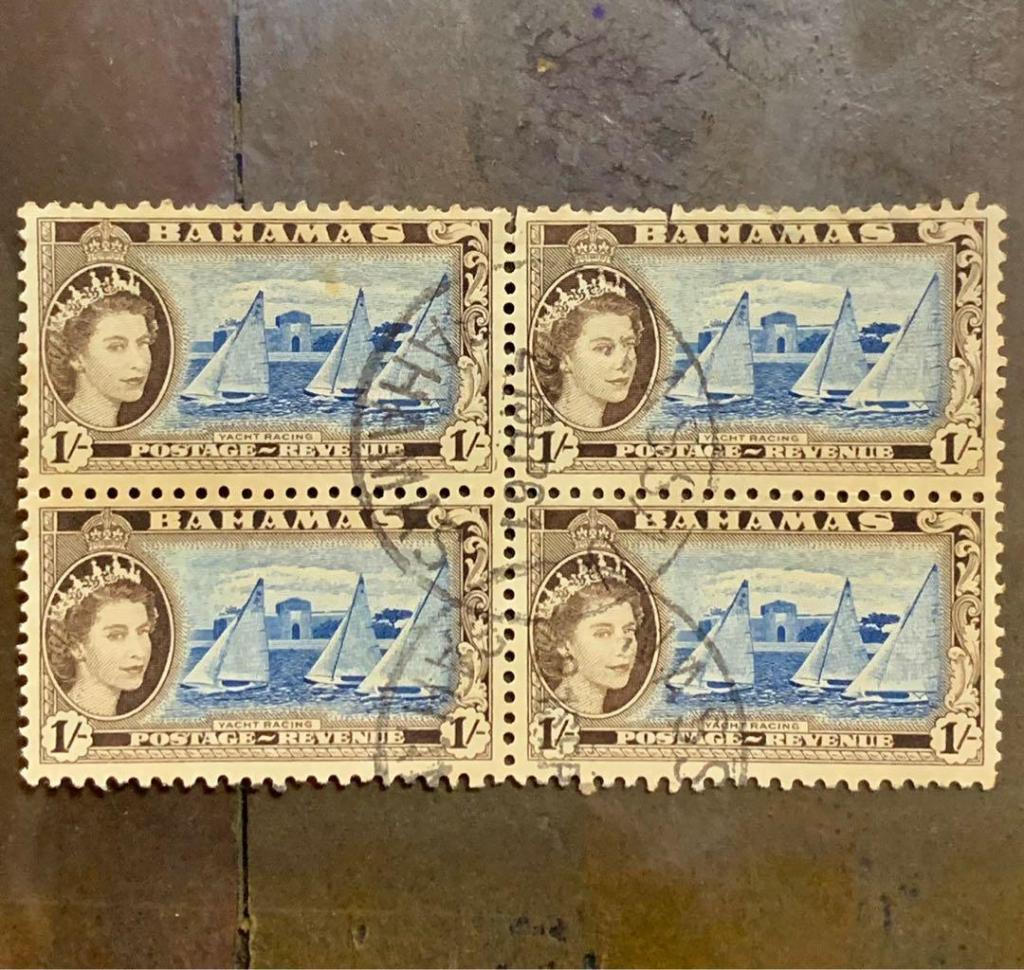

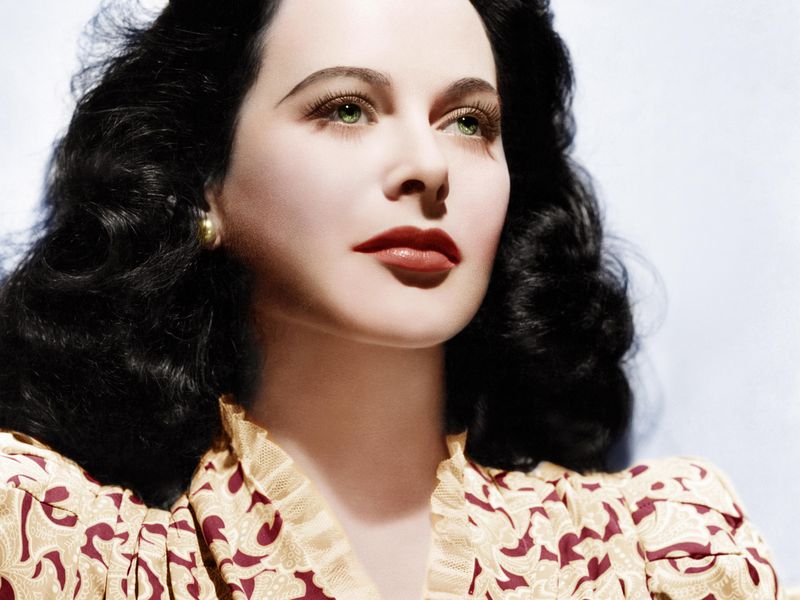


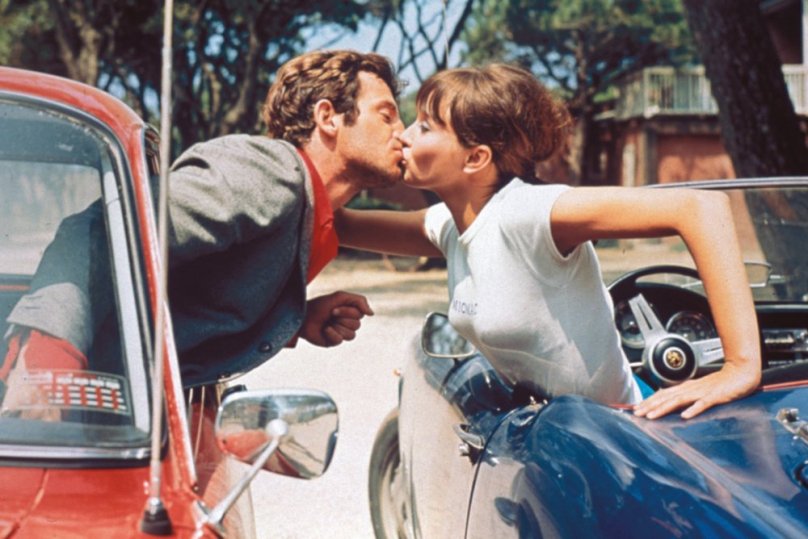

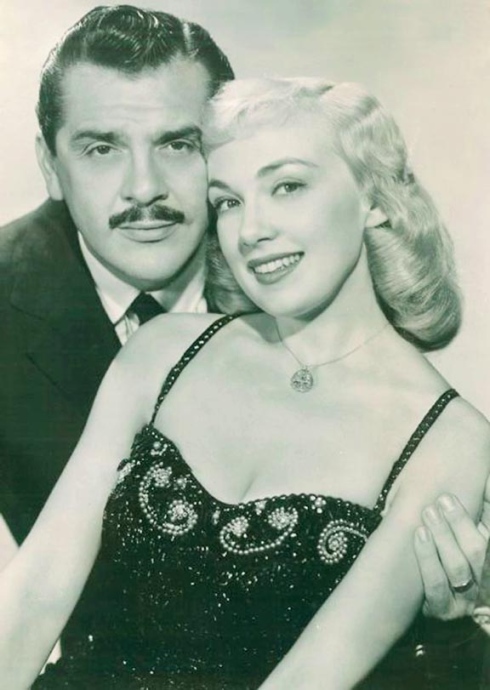

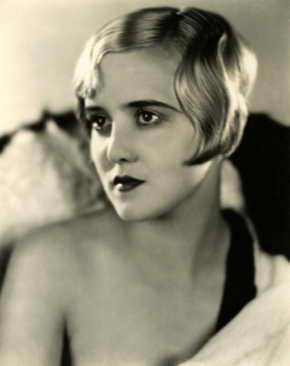

You must be logged in to post a comment.